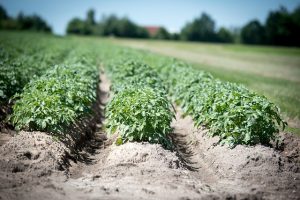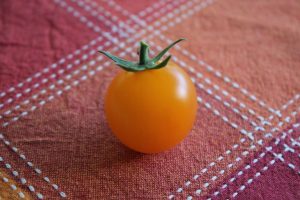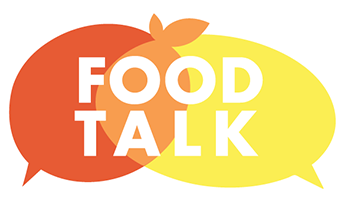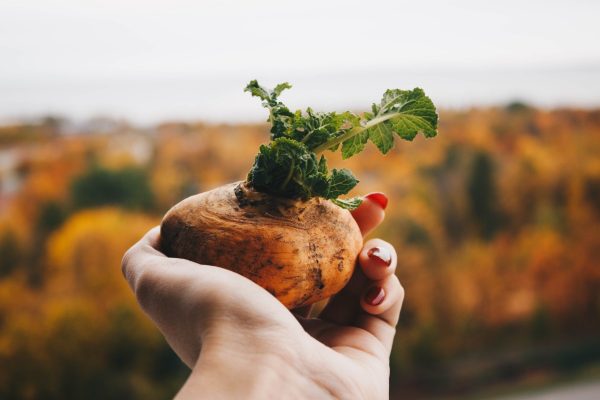It is important to take care of our bodies by eating well and being active. It is also important to take care of our planet so that it can continue to provide us with a safe, plentiful place to live.
Sometimes you can works towards both goals at the same time. Here are four tips for a healthier you and planet:
1. Varying our diet
Did you know that 75% of food around the globe comes from 12 plants and 5 animals? [1]
To rely so heavily on such a small number of food items is risky. Imagine if just one of those 12 plants is infected with a virus. The loss of that one plant could impact millions of people because it makes up such a large portion of the world’s diet.
By spreading out where we get our food from, we can have a food system that is more resilient. This means that our food system will not be as vulnerable.

The World Wildlife Foundation released a Future 50 Foods report that suggests 50 foods we should eat more of because of their diversity, nutrition, and low impact on the planet. Here are some of the 50 foods:
- Fava beans
- Amaranth (grain)
- Buckwheat (grain)
- Teff (grain)
- Wild rice
- Orange tomatoes
- Broccoli rabe
- Pumpkin leaves
- Hemp seeds
- Walnuts
- Winter radish
- Jicama
“Eating less common varieties of vegetables, such as orange tomatoes, drives demand which will increase the variety of types of crops grown, which, in turn, makes the food system more resilient.”

Try adding new types of food into your diet even if the item isn’t on the Future 50 list. In addition to helping the planet, a varied diet can help ensure you’re getting a variety of important nutrients.
2. Choosing plant-based options
Notice that the Future 50 Foods are all plant-based. That’s because growing and processing plants tend to use fewer resources like water and land than animals do. [2]
A diet that focuses on plant foods can also reduce your risk for diseases like: [3]
- Heart disease
- Stroke
- Obesity
- High blood pressure
- Type 2 diabetes
- Many cancers
Meat can still be a part of a healthy diet. It is when we eat too much meat or when it replaces other healthful foods that issues can occur. Want a meatless challenge? Try eating at least one meal a week without meat.
3. Reducing food waste
If you read our blog on food waste, you know that 30-40% of the food grown in America is wasted. [4] Wasted food means wasted nutrition. Eating food before it goes bad can prevent you from having to buy more food to replace it. It can also prevent resources like water and energy from being wasted on food that only gets sent to landfills.
You can reduce food waste by:
- Planning meals ahead of time
- Buying smaller portions
- Storing food properly
4. Walking or biking over driving
Americans spend close to 8 hours a day being sedentary, or not moving much. [5] Sitting a lot has been associated with having a higher risk for weight gain and heart disease. [6] One way to reduce sitting and to move more is to walk or bike instead of driving.

Walking or biking can also be good for the planet. A study in England found that 4 out of 10 short car trips, or trips less than 3 miles, could realistically be replaced with walking and cycling. [7] By making the switch, you’ll prevent 4.5% of the carbon that driving would have produced from getting into the air.
It may not seem like much, but when a lot of people choose to walk or bike these savings can add up. Walking and cycling instead of driving can also help prevent air pollution.
Written by Taylor Newman, Ph.D. Candidate | Edited by Laurel Sanville, MS, RDN, LD
Original photo sources
Resources
[1]Food and Agriculture Organization


